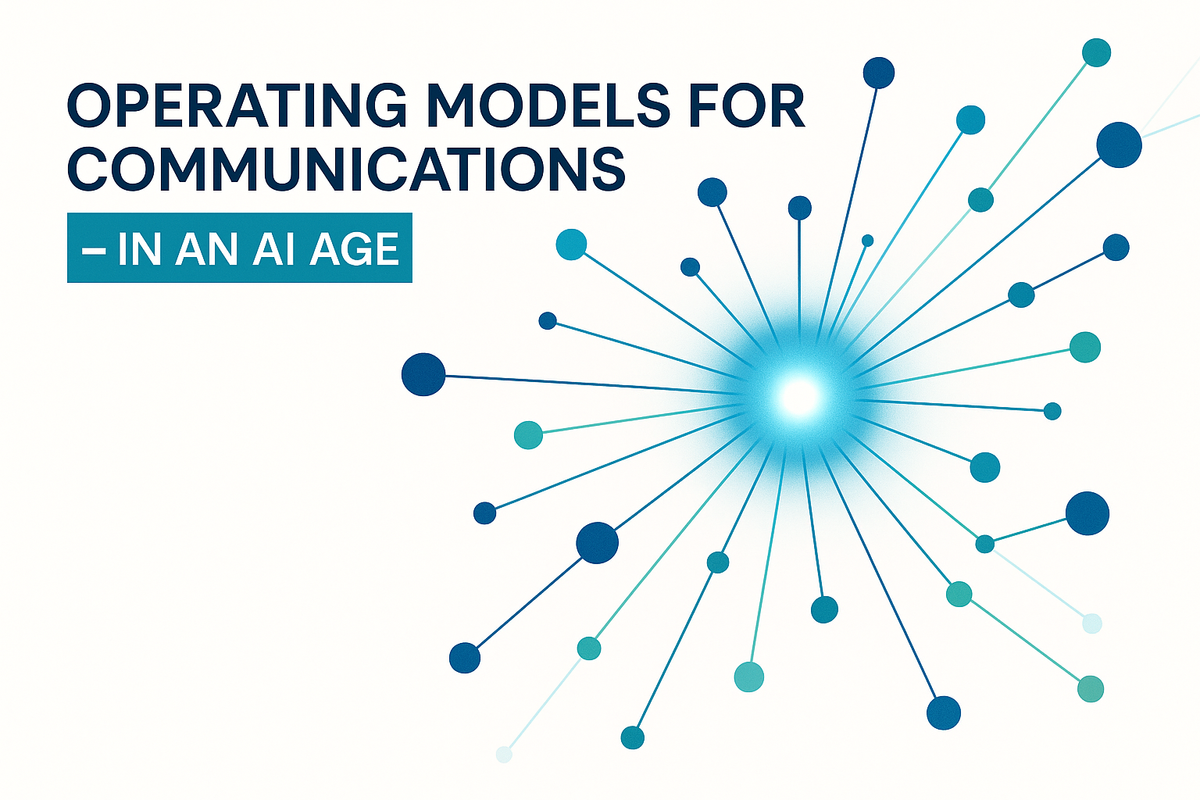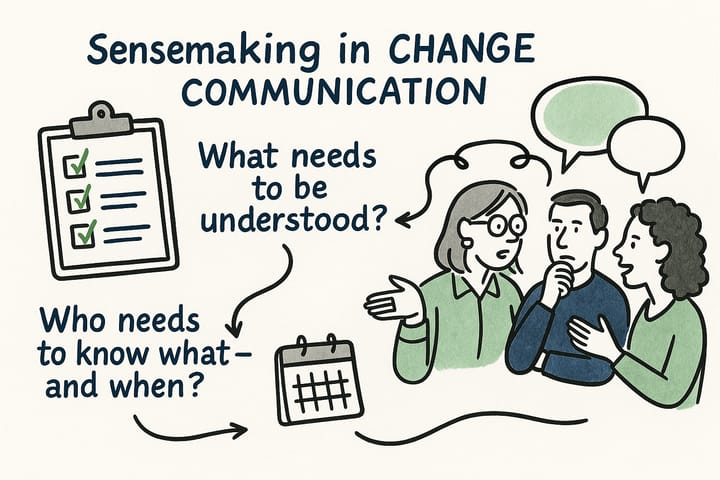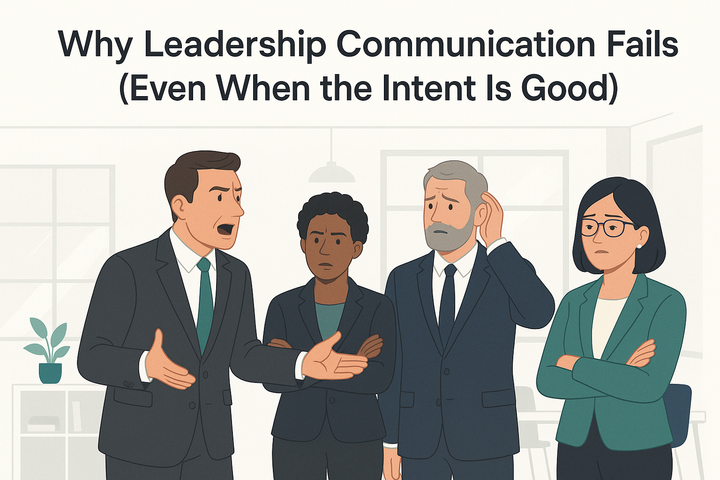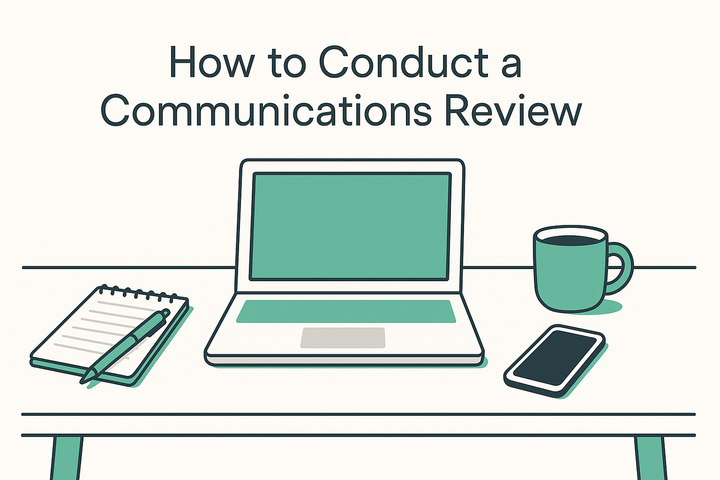Operating Models for Communication in an AI Age

AI isn't coming — it's already here.
In organisational communication, AI has moved beyond being just a tool. It’s becoming a co-worker: generating content, analysing audiences, optimising campaigns, even simulating stakeholder reactions.
Rather than resisting this change, leaders need to reimagine communication operating models — designing systems where humans and digital colleagues work side by side to increase clarity, speed, and strategic traction.
It’s no longer about "using AI" — it’s about building systems where AI is part of the operating fabric.
Communication now moves at the speed of AI. Your operating model must, too.
What's Changing — and Why It Matters
Traditional communication models were designed for a world where:
- Humans owned every part of the message lifecycle
- Production bottlenecks were accepted as part of the process
- Messages were distributed in controlled, scheduled rhythms
AI shifts the foundations:
- Speed: Content can now be created, adapted, and tested in seconds.
- Volume: Personalised messaging at scale is achievable.
- Insight: Real-time audience signals and narrative gaps can be surfaced instantly.
The upside? Unprecedented agility.
The risk? An overwhelming flood of noise, fragmented messaging, and diminished trust if not governed well.
Communication teams who ignore this shift will find themselves squeezed out — reduced to supervising tools rather than shaping narratives.
Those who adapt will move from content producers to system architects and strategic sensemakers.
Rethinking Communication Operating Models
When digital colleagues join the workforce, the operating model must evolve.
This isn't just an upgrade. It's a redesign.
| Traditional Model | AI-Integrated Model |
|---|---|
| Humans create, manage, and approve all content manually | Humans orchestrate flows and govern system-level coherence |
| Strategic advising optional | Strategic advising essential |
| Reporting on activity outputs | Insights-driven, real-time adjustments |
| Siloed channels | Integrated, adaptive communication systems |
The real shift?
Humans focus on narrative coherence, ethical leadership, and systemic orchestration, while AI accelerates production, testing, and optimisation within a clear framework.
Designing Systems for Human + Digital Collaboration
Modern communication systems must treat AI as a participant, not just a helper.
To succeed:
Redefine Roles and Skills
- Humans move up the value chain: strategy, ethics, audience sensemaking
- AI supports drafting, segmentation, personalisation, data analysis
Govern the Message, Not Every Word
- Set clear narrative anchors and strategic priorities
- Allow AI to work within frameworks, not loose improvisation
- Approve systems and flows, not micromanage every output
Build Flexible, Adaptive Workflows
- Modular approvals: fast for low-risk, fast-cycle content; slower for critical, high-impact messaging
- Real-time monitoring: insights must flow back fast enough to adapt
- Hybrid work models: humans and AI learning and adjusting together
Where AI Is Already Powering Communications
Early AI applications are already shaping how progressive communication functions operate:
| Application | Example Tools |
|---|---|
| Content generation and iteration | Jasper, Copy.ai |
| Audience segmentation and targeting | Clearbit, Mutiny |
| Sentiment and narrative analysis | Brandwatch, Sprinklr |
| Performance testing and optimisation | Wynter, Optimizely |
These tools accelerate speed and precision — but without strong human system design, they risk amplifying noise instead of clarity.
The lesson: Use AI to elevate human communication strategy, not replace it.
Why Now Matters More Than Ever
Organisations who redesign their communication operating models now will:
- Respond faster to strategic shifts
- Align leadership messaging in real-time
- Maintain clarity and coherence at scale
- Build resilience against future complexity
Those who delay will be swamped by noise, outpaced by faster-moving competitors, and lose strategic traction.
Operating models must evolve — not just to survive today’s AI shift, but to thrive in what’s coming next.
One More Shift Is Coming: Autonomous AI Agents
The real disruption is still ahead.
Over the next 12–24 months, autonomous AI agents — capable of handling end-to-end communication tasks with minimal human input — will move from experimental to mainstream.
These agents won't just draft content.
They'll:
- Monitor live engagement
- Optimise campaigns dynamically
- Adjust narratives across channels in real-time
- Simulate audience reactions before messages are sent
When this happens, communication teams will face a choice:
Be system architects who design, govern, and lead — or become reactive supervisors managing AI output.
The organisations that start rethinking their communication systems now will be best positioned to adapt again when autonomous agents arrive.
Communication isn’t a function anymore. It’s a living system. And in the AI era, only designed systems survive.
Ready to rethink your communication operating model? Start with a Sound & Signal Review.



